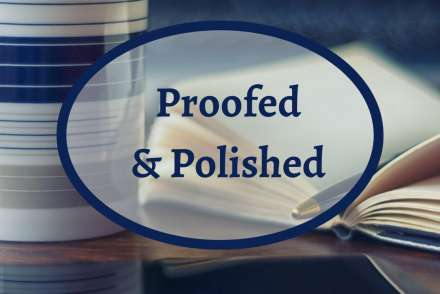
Do You Know The Apostrophe Basics?
In elementary school, I distinctly remember doing numerous worksheets on the possessive -s. There would be a list of…
August 22, 2021
In elementary school, I distinctly remember doing numerous worksheets on the possessive -s. There would be a list of…
August 22, 2021
Recently, I edited a PhD dissertation for a literature major which mostly meant that I had to wade through…
April 10, 2021
In light of the holiday season, here’s a final fun topic in our Punctuation Series: editing commas within independent…
December 22, 2019
Have you ever entered your work in a writing contest? These contests are organized by organizations like the American…
December 20, 2019
Have you ever tried to read a book in a foreign language? Perhaps some of you have. I’ve tried…
November 22, 2019
We’re toward the end of our self-editing blog post punctuation series, but it certainly is not the end of…
October 22, 2019
I spent the better part of yesterday evening, into the night, grading analysis essays. As I marked up the…
October 6, 2019
In the world of grammar and punctuation, there are three types of dash (hyphen, en dash, and em dash).…
August 22, 2019
In the world of grammar and punctuation, there are three types of dash (hyphen, en dash, and em dash).…
July 22, 2019
Presentation is everything, especially when it comes to the publishing world. And your presentation of punctuation is crucial to…
May 22, 2019
Presentation is everything, especially when it comes to the publishing world. And your presentation of punctuation is crucial to…
March 22, 2019
Presentation is everything, especially when it comes to the publishing world. And your presentation of punctuation is crucial to…
February 22, 2019
Presentation is everything, especially when it comes to the publishing world. And your presentation of punctuation is crucial to…
January 22, 2019
Many writers are introverts and don’t prefer to talk a lot. Some writers are extroverts and love to talk.…
June 22, 2018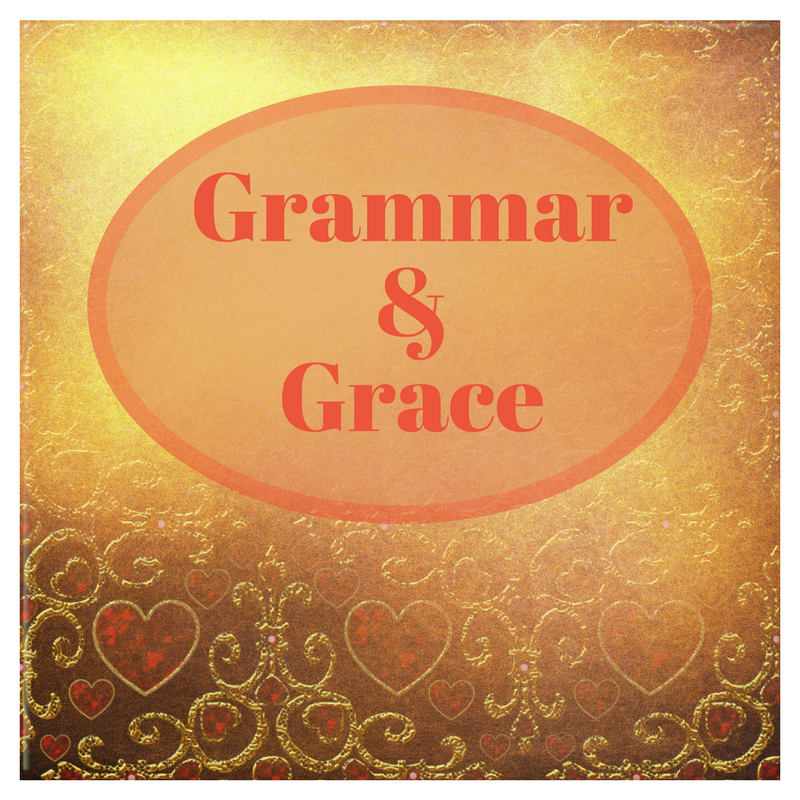
Please stop using pronouns wrong! Between you and I, I’m sick of people using the wrong pronoun. Wrong. Wrong. Wrong!…
February 19, 2018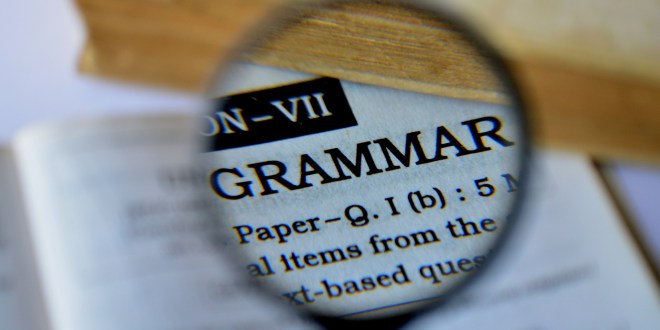
For 2017, let’s understand the basics of English grammar by learning the eight parts of speech. They are the…
February 17, 2017
For this post, I’m suggesting some books that you may want on your bookshelves or your may want to…
January 17, 2017
Plenty of ink has been spilled and battles fought over the necessity and superiority of the Oxford or serial…
December 26, 2016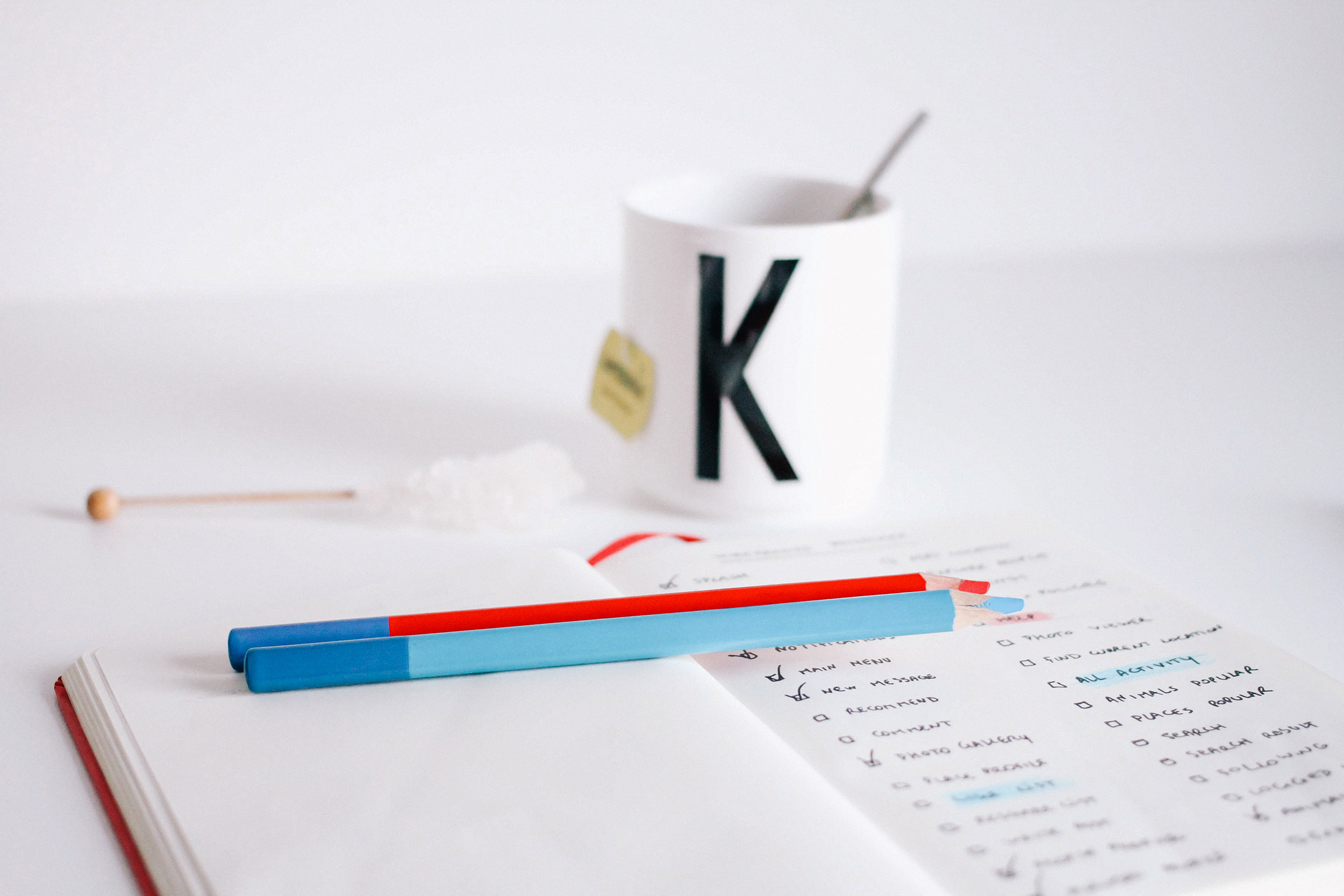
When editors are asked to name their pet peeves, misuse of apostrophes ranks at or near the top of…
May 17, 2016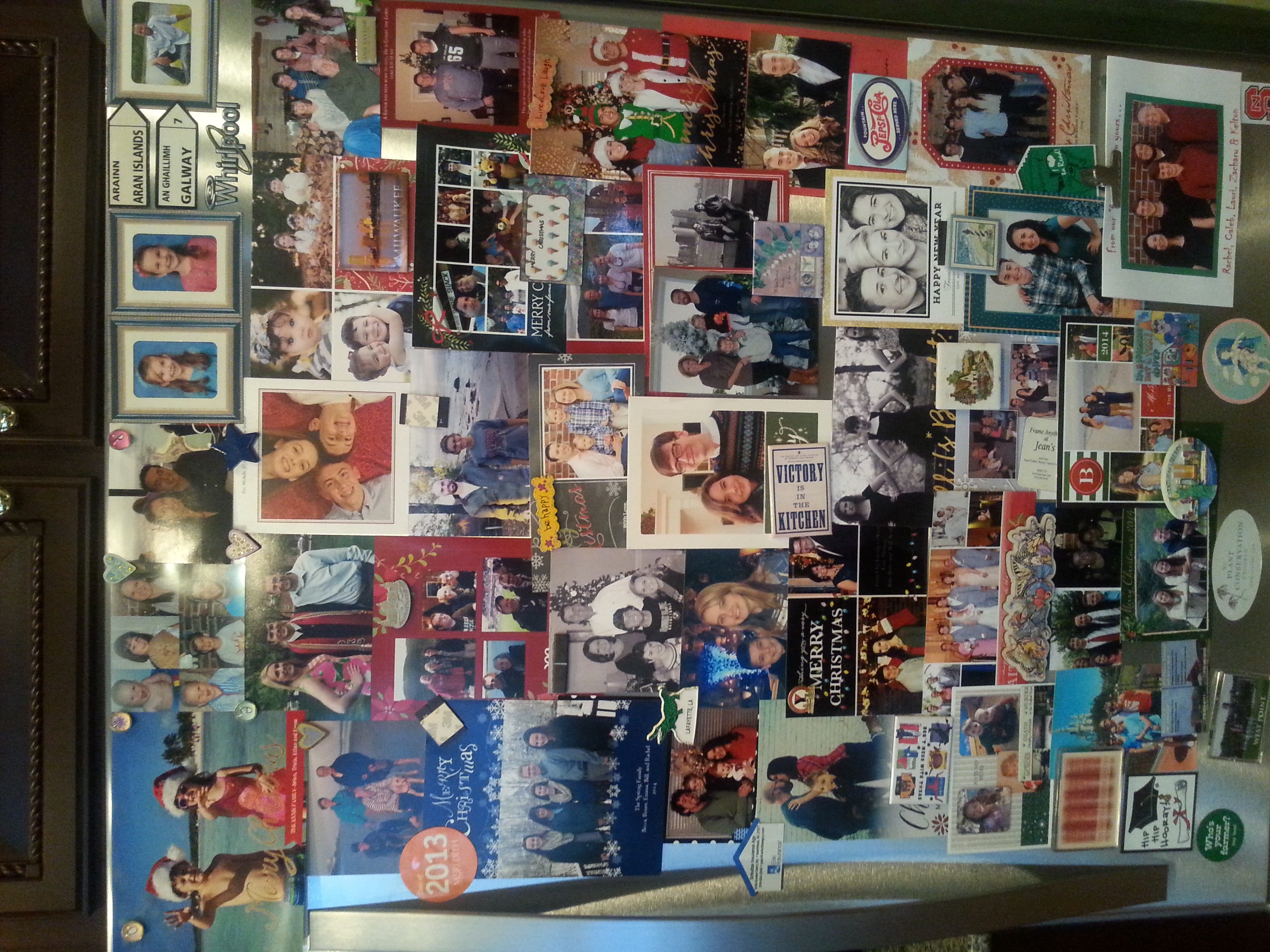
I love Christmas. I especially love sending and receiving Christmas cards. We send out a lot from our house,…
November 24, 2015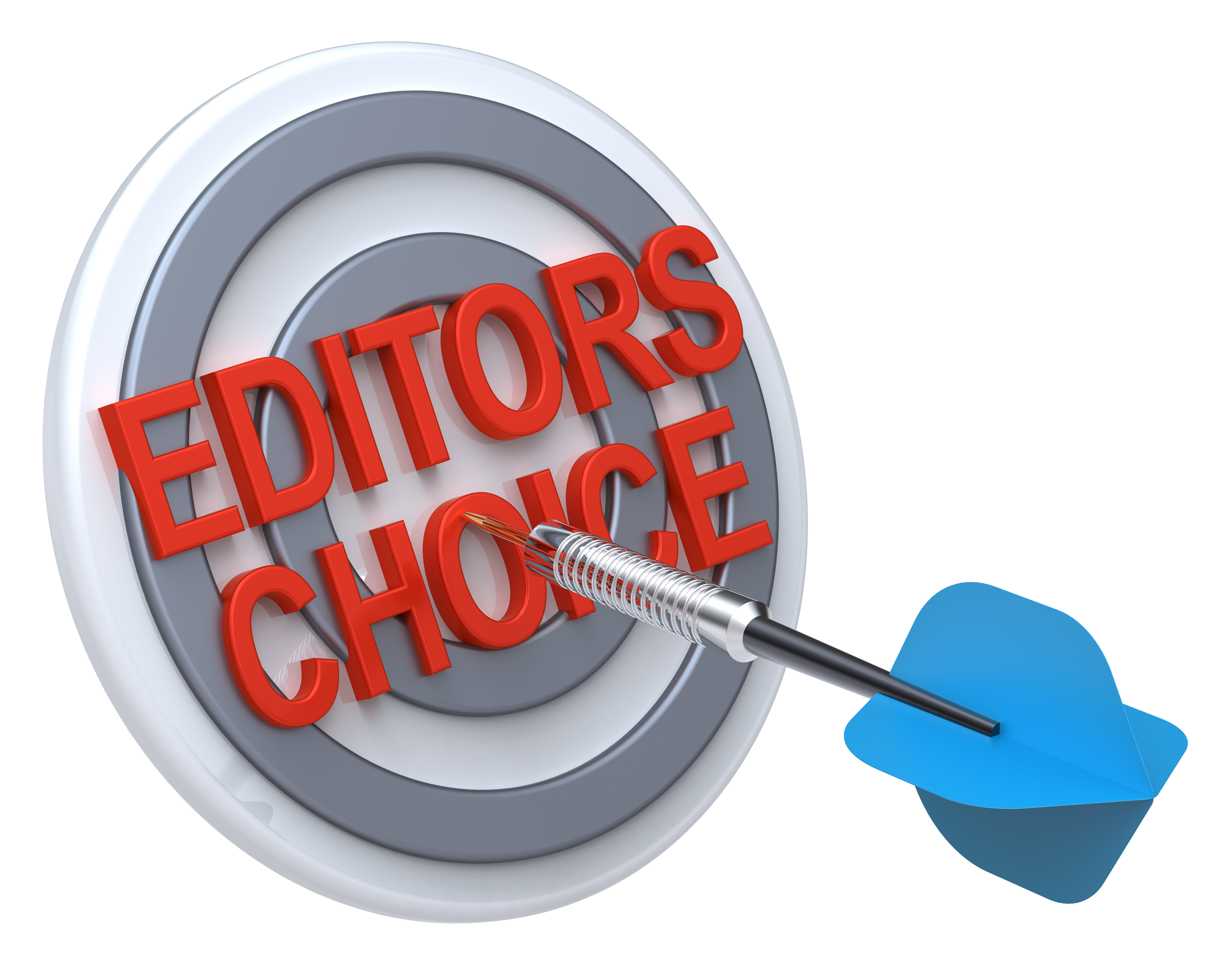
Hello, I’m Hope. A long, long time ago I used to teach English on the college level. I taught…
July 29, 2015